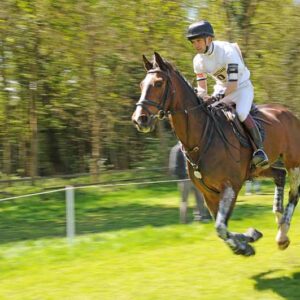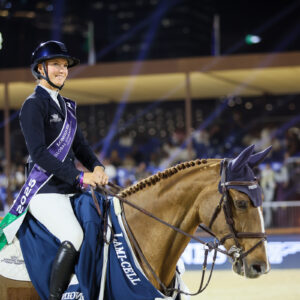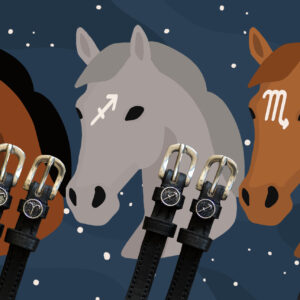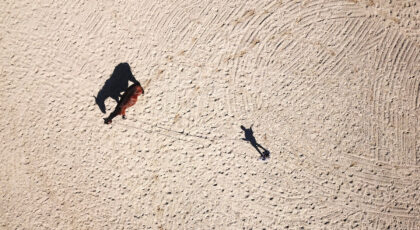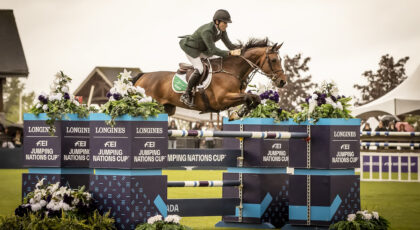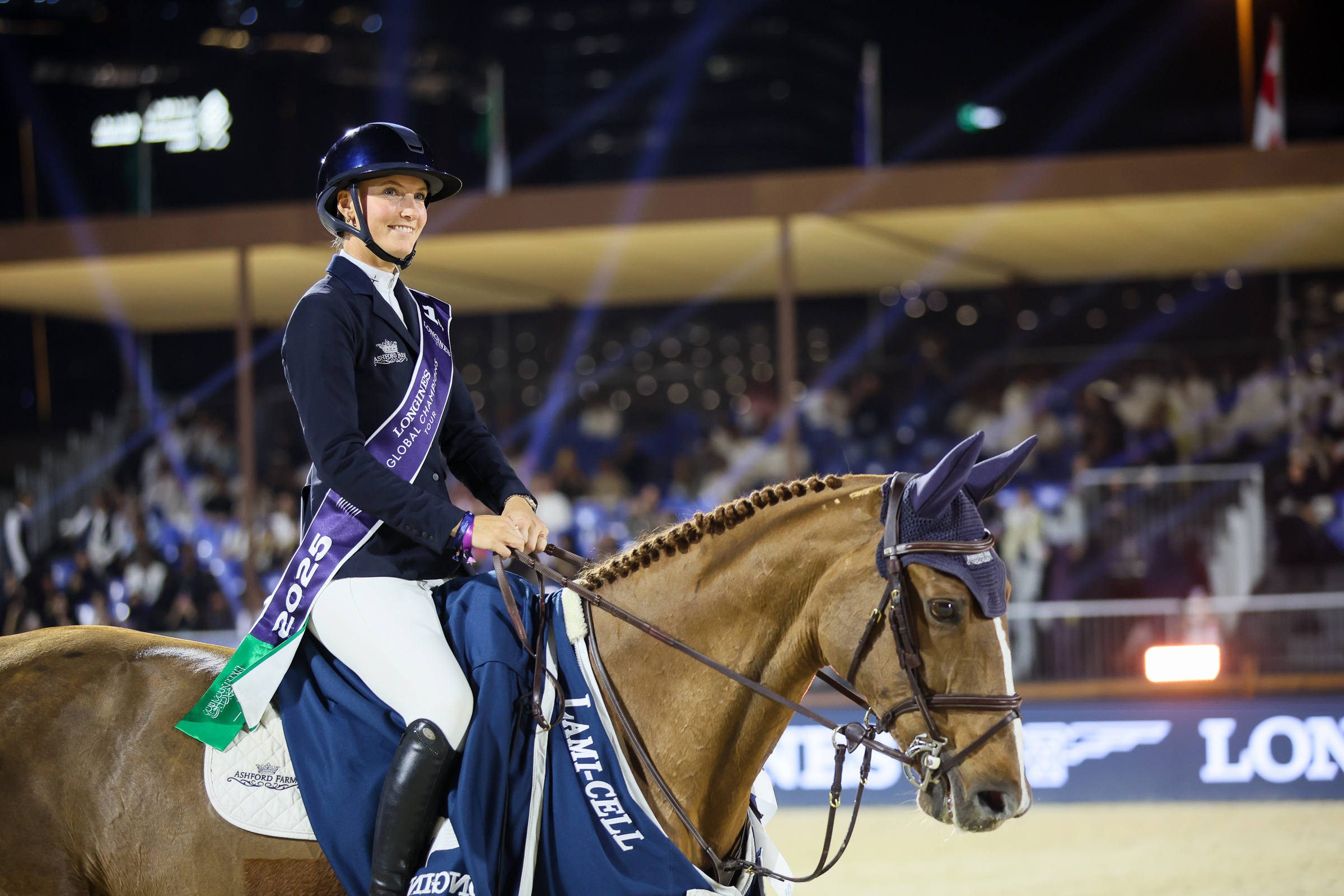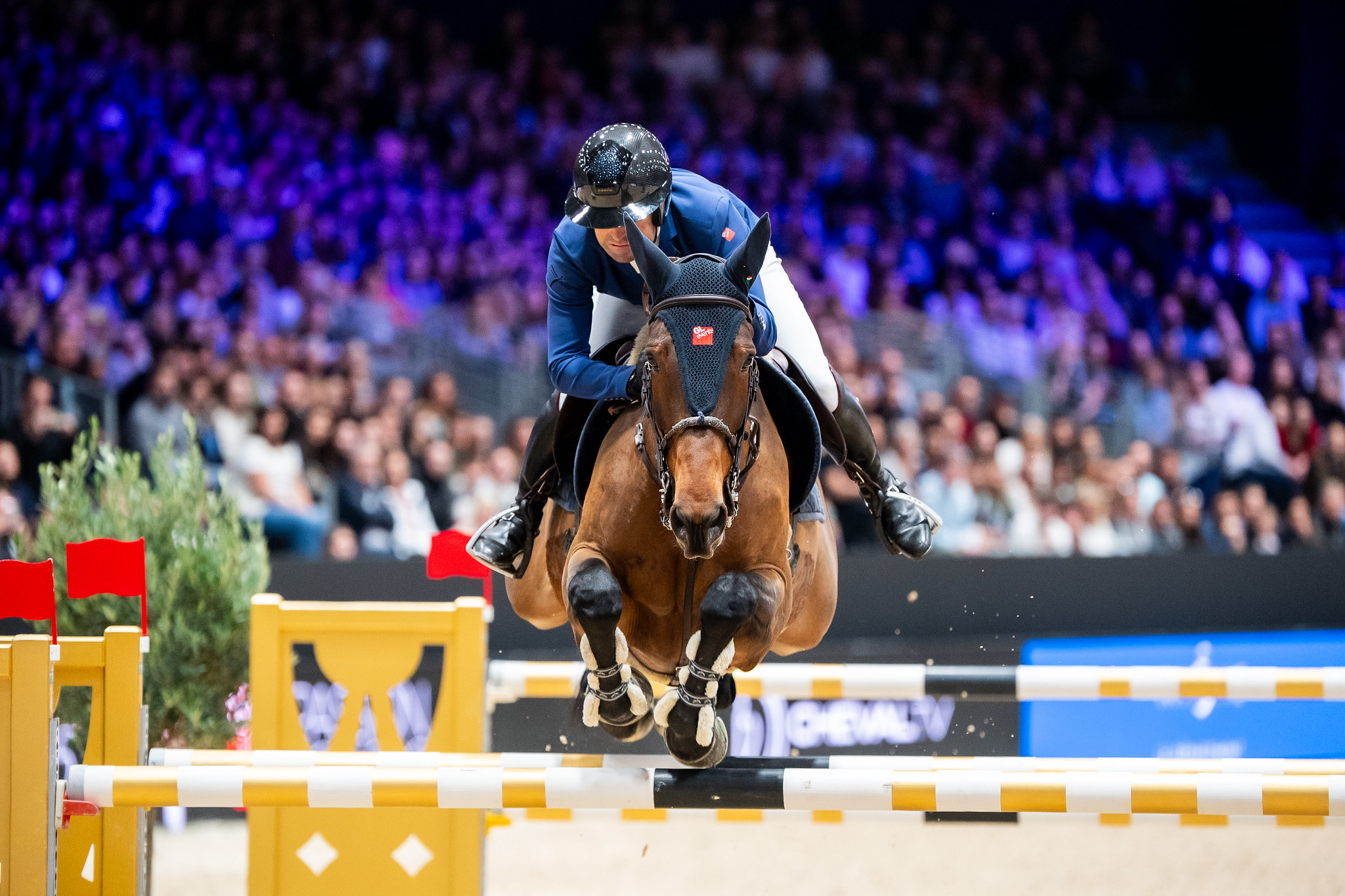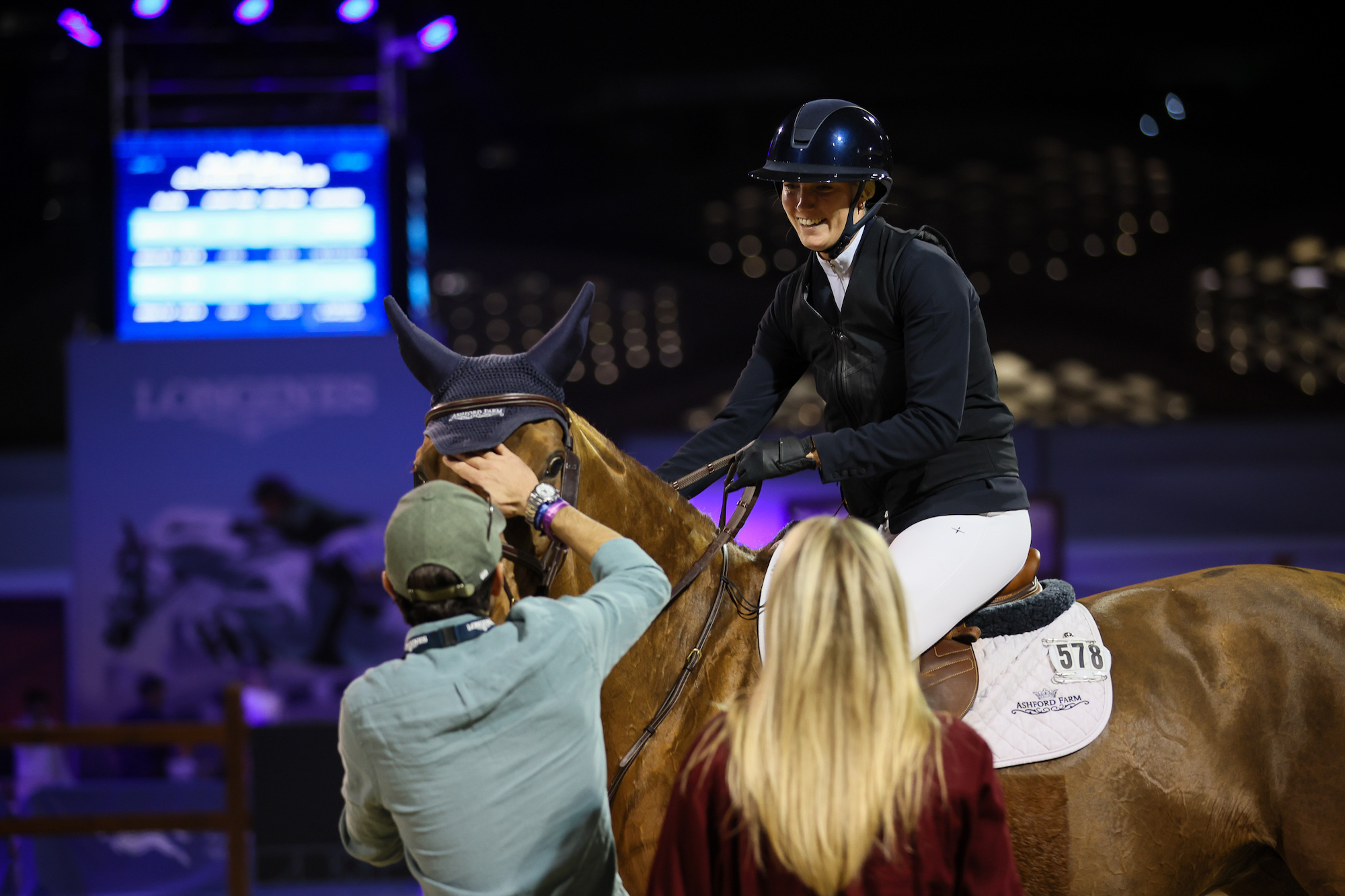A couple of decades ago, the World’s No. 1 eventer, Harry Meade, was cutting his teeth in the hunt fields of Great Britain. “I was probably about in my early 20s, out hunting—where you’re basically going cross country—and I was riding lots of different horses for other people,” Meade says.
The diversity of the terrain and the different types of horses he was riding offered Meade a unique opportunity to play around with his stirrup length, and he says he enjoyed experimenting with how different lengths affected his balance, and the way his horses responded.
“I went up to what was quite short—it was cross-country length—[and then] I went up another four holes again. And then I went down a lot; I would just play around,” he says.
“[I was] riding all kinds of horses, a lot of them I didn’t really know, and [jumping] big, high hanging gates, and big hedges, and doing it on all types of horses who aren’t necessarily all brilliant horses. But that [became a kind of] sketchbook for me to be able to put my ideas into place.”
Cut to the year 2025 and Harry Meade’s ideas—stirrup length notwithstanding—are very much in demand.
The 42-year-old World Equestrian Games team silver medalist (2014) who took over the No. 1 spot in June will very likely close out the year at the top of the FEI Eventing World Athlete Rankings after a history-making 5* season.
This year, Meade earned six, top-10 finishes and finished clear and in the time at three different 5* events, becoming the first rider ever to do so. He earned third with Et Hop Du Matz and fourth with Grafennact at the Defender Kentucky Three-Day Event; fourth with Cavalier Crystal and sixth with Superstition at Mars Badminton; and fourth with Annaghmore Valoner and third with Cavalier Crystal at Defender Burghley in September.
Experimentation in the saddle was something that was encouraged by Meade’s father, Richard Meade, from a young age. The elder Meade is still Great Britain’s most successful male equestrian athlete, having won triple-gold Olympic medals, including the individual championship in 1972.
“I’ve sort of studied the sport since I was very small, and in a way, [it’s about] understanding how horses operate, and how they use themselves, and how a rider affects a horse,” Meade explains. A rider’s impact can be either positive—through correct use of their aids—or negative, he says, especially during those critical moments when things start going wrong on course.
Meade has said he typically rides four holes shorter on cross-country than he does for show jumping, even to the point where his stirrups verge on uncomfortable. The idea is, the shorter length encourages riders to be stable when they are up and out of the saddle galloping, the position required for the majority of cross-country.
“I think it’s less about ‘riding short,’ it’s more about how you use your body when you ride short—and how you use your legs,” Meade says. “You don’t kick, you just squeeze, and I don’t open the rein to steer, I almost neck-rein the horse. It enables the horse to have a very simple ride and be largely unaffected by the rider.”
That’s important, Meade notes, because it allows the horses to do all the essential skills on cross country—run, jump, and come back to the rider—without disrupting their ‘flow,’ so to speak.
“[What] I try and do is not interfere with their brain, so they are able to fully focus on what’s going on in front of them. I can get involved as little as possible, but equally, [I am] able to have the maximum impact with as little effort as possible.
“You actually do very little,” Meade continues. “The hands don’t really move, the feet don’t really move, the body doesn’t really [move]. But the horses follow the line with their eyes and their brain, and then it’s quite clear to them.”
Meade is hardly the first rider in history to reexamine the impact of stirrup length on performance. American Olympic show jumper Beezie Madden has said she regularly adjusts her stirrup length between flatwork and jumping. Meade’s countrywoman, six-time Badminton winner Lucinda Green, also emphasizes the need to raise stirrups between dressage and show jumping work, hacking out (higher still), and riding cross-country—where Green says she typically goes up two holes from her regular jumping length.
But while Meade emphasizes his ‘riding short’ technique was both a conscious and subconscious evolution, he emphasizes that he didn’t set out to reinvent the wheel. “In the same way as when you look back 50 years [ago], people rode in a different style to now, and if you look back 50 years before that, they rode in a different style again. How people will ride in 50 years’ time will be slightly different to what they’re [doing] now,” he says.
“I was brought up in that history, so it was the opposite of somebody who doesn’t [understand and appreciate it]. I guess I wanted to take [it] a step further, and look at what the future history will look like.”


 November 12, 2025
November 12, 2025 





